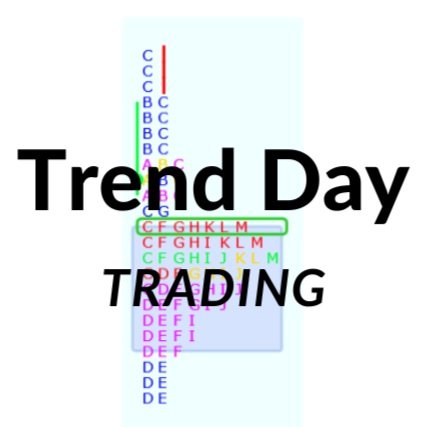Exploring the vast world of futures trading
Here at Trend Day Trading, we write about futures products. Basically all futures trading is done electronically, much of it done on CME Group platform Globex. Globex launched in 1992 and really took off and started replacing the pits in the early 2000s. Futures are now traded almost 24 hours a day, though the old day session times do matter and our analysis treats the day session and the night session as two different distributions. Prsently we cover three products here, all traded on CME. We cover ES, NQ and CL, three of the most populat short term trading instruments.
E-Mini S&P futures (ES) are the most popular equity index futures in the world. They are the benchmark for equities futures and a frequent choice of traders around the world. Presently, the 20 day average volum eis 1.378 million contracts per day. Thats a lot of trading, especially since most trades are less than 100 lots at a time. Patrick, our head trader, was on the floor trading ES the first month it was listed way back in 1997! We were lucky to get 20k volume in a day back then and it was mostly locals trading with each other. But it caught fire and the rest is history. It was really the first product to send electronic trading into the stratosphere.
In addition to the Es futures, CME listed E-Mini Nasdaq 100 futures (NQ) shortly after that. NQ has always been more volatile that ES, due to it’s composition of tech stocks over blue chips and has a daily volume average of 646k. Both contracts share a few constituents. Microsoft, for example, is 7.17% of the S&P 500 and 8.74% of the Nasdaq. The contracts often move simultaneously but never tick for tick. There are traders who make their living only trading the difference between the products. This is what’s called an inter-commodity spread but thats beyond the scope of this site. NQ is a popular shart term trading instrument because of its sustained moves and overall volatility.
The final product we cover here is Crude Oil futures (CL). CL was originally a NYMEX product that traded in the pit in New York. Sometime around 2005 NYMEX launched a CL instrument that would trade concurrently with the pit instrument, though they shared a contract as they were fungible. It took a few years but eventually, all CL trading was done electronically. Patrick was also an early adopter of CL futures, trading them actively since 2005 and at one point trading over 3000 contracts a day. In 2008 CME acquired or NYMEX and became part of Globex. The front month contract is currently averaging about 326.7k volume, with a decent amount of volum ein back months and intra-commoduty spreads like June - July or any month combination you can think of. CL is a popular short term trading instrument due to it’s volatility and liquidity and is the premier energy contract in the world.
There are many other futures product around the world. CME is the leader in all things futures trading, but Eurex and Ice have popular products too. There are futures for just about every asset you can imagine. Interest Rate futures are very popular and are the leading volume contracts.CBOT become part of CME in 2007 and its many highly traded contracts are led by the interest rate products like 10 and 5 year notes and the 30 year bond. On CME, the 3 month SOFR recently replaced the stalwart Eurodollar contract and has many high volume contract months and the most active spread markets in the world. There are also metals, grains, softs, currencies and mauch more. The world of futures is a huge, totalling billions of dollars in transactions per day. There is a lot of money to be made and for most short term traders their activity is but a drop in the bucket and their presence is barely noticed by the market. This is a good thing as markets have the liquidity to provide a price to buy or sell just about anything at just about any time.

